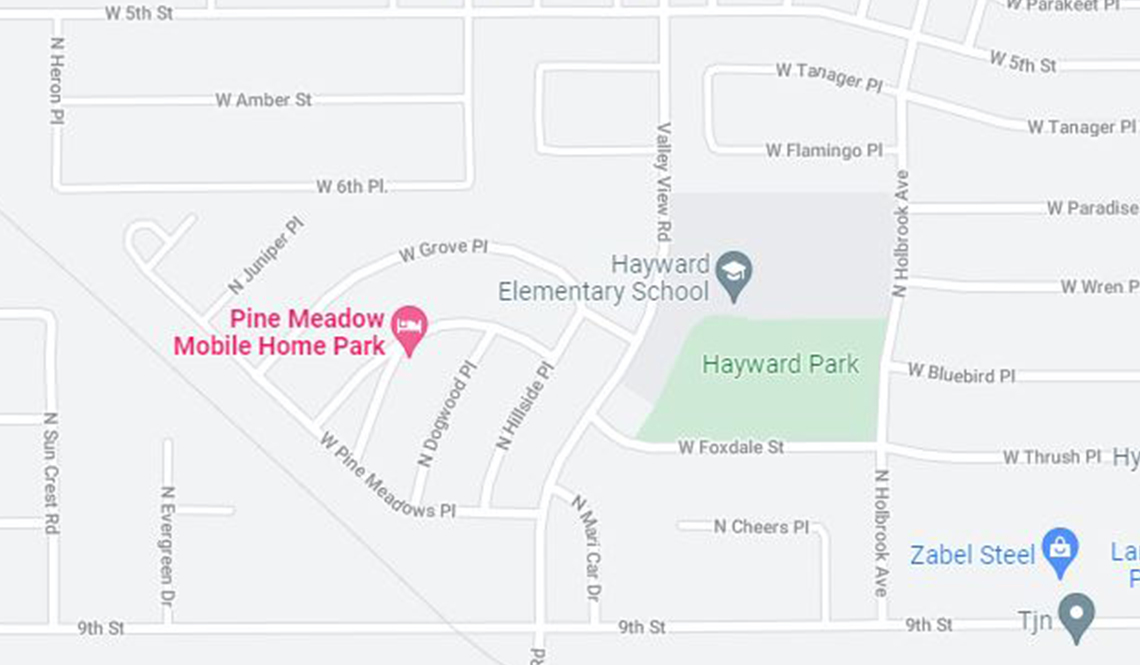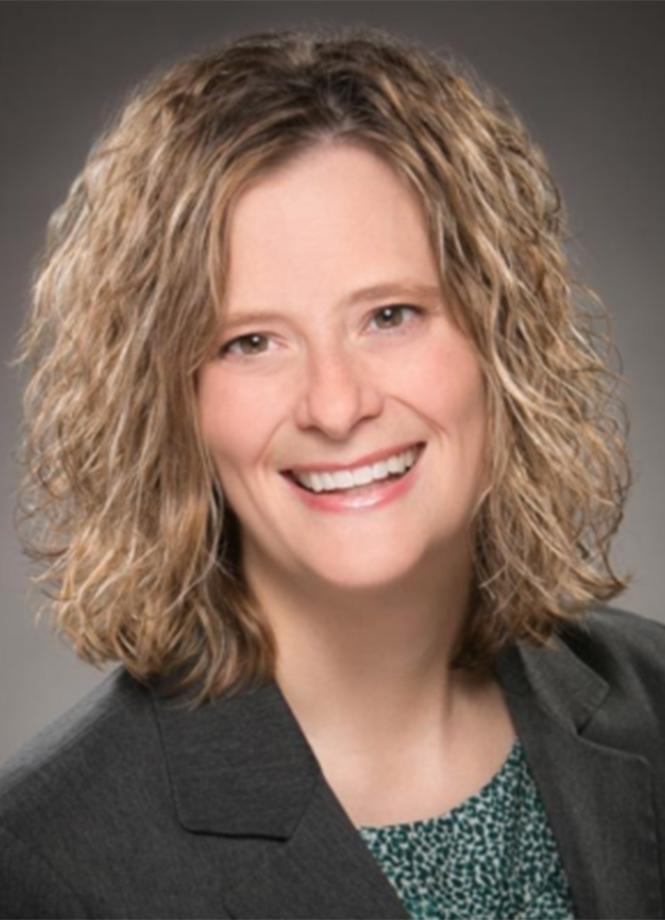A ‘Walking Action Plan’ for Sioux Falls, South Dakota
Advancing active transportation in an underserved neighborhood
Following is an AARP summary of the walking action plan developed by Chrissy Meyer, a State Walking College Fellow, for the Hayward neighborhood of Sioux Falls.
PLAN VISION AND GOALS
To improve the walkability of the Hayward neighborhood:
- Create equitable walking infrastructure
- Establish active transportation planning and development
- Encourage residents to view walking as a form of transportation
- Establish a mayor-appointed citizen board to advise the city on active transportation, including walking, cycling and safe routes to schools.
THE LOCATION
With a population of nearly 200,000 people, Sioux Falls is South Dakota’s largest city. The city has several highly walkable neighborhoods, including its downtown. Neighborhoods recently developed around the city’s outer rings also have walkability amenities: sidewalks are plentiful, boulevards are green and verdant.
The same cannot be said about the Hayward neighborhood, which is home to approximately 6,400 residents.
Hayward Elementary School has an enrollment of approximately 800 students. Eight out of 10 children qualify for free or reduced meals; 70 percent of the students are Hispanic or Native American; 280 schoolchildren receive food through the Feeding South Dakota Backpack Program to ensure they are able to eat over the weekend. (The program has a waiting list.)
Falls Community Health, a division of the Sioux Falls Health Department, operates a school-based medical and dental clinic at Hayward Elementary. The top three diagnoses for clinic patients are hypertension, anxiety and depression.
In general, walking conditions in the Hayward neighborhood are mixed. In the mobile home parks, sidewalks do not exist. (As “private” streets, the mobile park roadways are exempt from the city’s Complete Streets policies.) There are some sidewalks along the corridor streets that feed into the neighborhood, but many are not contiguous or are directly adjacent to the street without any sort of safety buffer.
Complete Streets
Sioux Falls has a Complete Streets policy that requires all city projects — both new and reconstructions — take into account all modes of user transportation. However, developers are able to receive exemptions to the policy and streets designated as private are automatically exempt.
POTENTIAL COMMUNITY PARTNERS
- American Heart Association
- AARP South Dakota
- Livable605
- Live Well Sioux Falls — Sioux Falls Public Health/Falls Community Health
- City of Sioux Falls Planning and Public Works Departments
- City of Sioux Falls Parks and Recreation (Hayward Park)
- Hayward Elementary School — Sioux Falls School District
- Promising Futures Fund & Hayward Park Fund (Sioux Falls Area Community Foundation)
POTENTIAL CHALLENGES
- Improvements are funded through city sales tax so finding dollars for pedestrian projects is hard
- Negative perceptions of walking as a form of transportation
- The current design of roadways in the neighborhood and zoning variations
- It’s hard to engage the neighborhood as it’s a very closed community
- Despite initial coalition building and buy-in, residents have complained about the walkability project
- The mayor’s office could decline to create a citizen’s active transportation board
On the plus side, Sioux Falls is prioritizing active transportation. The city administration seems to favor health in all policy priorities. Several community organizations and nonprofit organizations are already at work in the neighborhood.
- Create a citizen coalition/team to change local perceptions about walking
- Meet with the mayor’s office about creating an active transportation citizen advisory board
- Develop a Hayward Neighborhood Community Association and a walkability plan for the neighborhood
EVALUATING SUCCESS
- Getting a meeting with the mayor’s office
- Successfully organizing the citizen coalition
- Successfully establishing a neighborhood community association for Hayward
- Identifying a targeted list of improvements/projects (with budgets) for Hayward
WHAT’S BEEN ACCOMPLISHED SO FAR
As of February 2022:
Members of the Sioux Falls Public Works Department and the Sioux Falls Planning Department met at a Pedestrian Advisory Board Committee meeting and reviewed the city’s community health improvement plan and draft pedestrian plan. The board chose to pursue several high-priority items, including work to:
- Increase the city’s budget that is dedicated to the maintenance and improvement of crosswalks and sidewalks
- Utilize curb extensions, medians and pedestrian refuge islands to help limit the crossing distance for pedestrians
- Create sidewalks that will allow pedestrians to travel between neighborhoods, access destinations and get to transit stops
- Submit a Complete Streets checklist for every roadway project for city staff to review and comment
- Educate motorists that pedestrians have the right-of-way in many traffic situations, and always have the right to be treated with caution and respect
Page published March 2022
AARP.org/Livable
Find articles, publications and more





